The art of Chinese wok cooking has been passed down through generations, with each family guarding their secrets like precious heirlooms. Among these culinary traditions, one principle stands out as universally acknowledged: the 32cm wok diameter represents the golden standard for home kitchens. This isn't merely superstition or preference - it's the culmination of centuries of practical experience meeting modern cooking demands.
Walk into any well-equipped Chinese household kitchen, and you'll likely find this 32cm iron wok occupying pride of place. The size achieves that perfect balance between cooking capacity and maneuverability. Larger woks become unwieldy for the quick tossing motions essential to stir-frying, while smaller ones limit portion sizes and heat distribution. At 32cm, the wok becomes an extension of the cook's arm - responsive, agile, yet capable of handling family-sized meals with ease.
Physics and tradition align beautifully in this dimension. The curvature of a properly made 32cm wok creates distinct temperature zones that Chinese cooking techniques rely upon. The bottom handles high-heat searing while the sloping sides provide cooler areas for simmering or holding ingredients. This thermal geography allows complex dishes to come together in the single vessel, with each component cooked to perfection at its ideal temperature.
Modern kitchen ergonomics further validate this traditional wisdom. Most residential stove burners are designed to accommodate this size perfectly, ensuring maximum heat transfer. The weight remains manageable even when filled with food - crucial for the wrist-flicking motions that define authentic stir-fry technique. Home chefs report less fatigue during extended cooking sessions compared to larger models, while still enjoying sufficient cooking real estate.
The 32cm measurement proves particularly versatile across cooking methods. Beyond stir-frying, it accommodates steaming with racks, deep-frying with adequate oil depth, and even braising when fitted with a bamboo steamer as a lid. This multifunctionality reduces kitchen clutter - a single well-seasoned 32cm wok can replace numerous specialty pans while delivering superior results.
Seasoning maintenance becomes more manageable at this size too. The surface area is large enough to develop that coveted non-stick patina through regular use, yet compact enough that the oil polymerizes evenly during the seasoning process. Many professional chefs actually prefer home kitchens' 32cm woks over larger restaurant models for certain delicate dishes, citing better heat control and more intimate contact with the food.
Market trends confirm this size's dominance. Across China's cookware manufacturing hubs, the 32cm specification represents over 60% of domestic wok production. International chefs adopting Chinese techniques similarly gravitate toward this size after experimentation. It's become something of an open secret among culinary circles - the unassuming 32cm iron wok delivers restaurant-quality results without requiring professional-grade strength or stove output.
Cultural factors reinforce this preference. Chinese home cooking emphasizes fresh ingredients prepared quickly at high heat - a process the 32cm wok facilitates perfectly. The size accommodates traditional ingredient prep styles where everything is cut to uniform, bite-sized pieces before cooking. This creates harmony between tool and technique that smaller or larger woks disrupt.
Interestingly, this golden measurement shows remarkable consistency across China's diverse regional cuisines. From the fiery woks of Sichuan to the delicate seafood preparations of Guangdong, the 32cm diameter transcends culinary boundaries. It serves as a unifying standard in a nation where cooking traditions vary dramatically between neighboring provinces.
Modern material science has only strengthened the case for this traditional size. Contemporary iron alloys and manufacturing techniques have made 32cm woks lighter and more durable than their ancestors while retaining all the thermal properties that made the size ideal. The evolution hasn't changed the perfect proportions - it's simply made them more accessible to today's home cooks.
For families maintaining culinary traditions, the 32cm wok often becomes an heirloom. Its longevity when properly cared for means it can literally serve generations. This durability makes the initial investment in a high-quality iron wok remarkably economical over time. Many Chinese households boast woks older than their children, their surfaces growing ever more non-stick with each passing year.
The cultural significance extends beyond practicality. In Chinese households, the well-used 32cm wok symbolizes family cohesion - it's the vessel that prepares meals bringing everyone together. Its size represents moderation and harmony, two pillars of Chinese philosophy. When a young person establishes their first home, receiving a properly seasoned 32cm wok marks their entry into self-sufficient adulthood.
As global interest in authentic Chinese cooking grows, the 32cm standard is gaining international recognition. Cooking schools teaching Chinese techniques increasingly specify this size for students. The measurement has become a quality marker - serious manufacturers know that getting the 32cm wok right means mastering the balance of weight, thickness, and curvature that defines excellence.
This isn't to say other sizes lack purpose. Professional kitchens routinely employ larger woks to handle greater volumes, while small single-serving woks have their place. But for that sweet spot where home cooking meets authentic technique, where practicality intersects with tradition, the 32cm iron wok remains unchallenged as the gold standard. It's a rare instance where ancient wisdom and modern convenience find perfect harmony in a simple circle of wrought iron.
The next time you witness the mesmerizing dance of ingredients across a wok's surface, take note of its proportions. That 32cm diameter represents more than measurement - it's the physical manifestation of generations of culinary refinement. In a world of constantly changing kitchen trends, this enduring standard continues to prove that sometimes, tradition knows best.
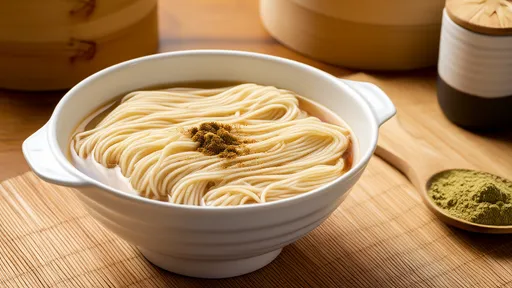
By /Jul 24, 2025
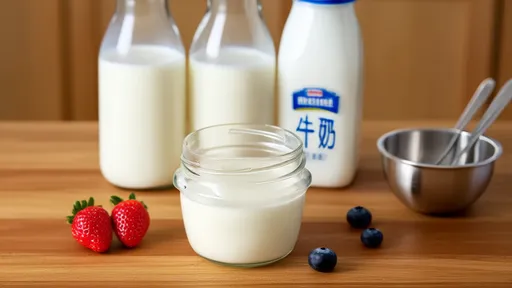
By /Jul 24, 2025
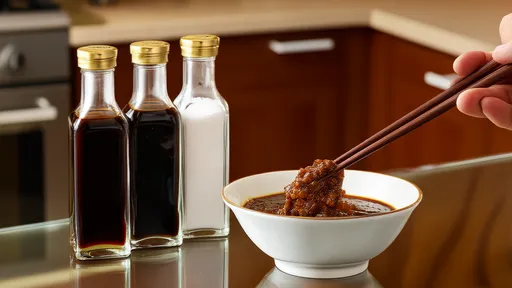
By /Jul 24, 2025
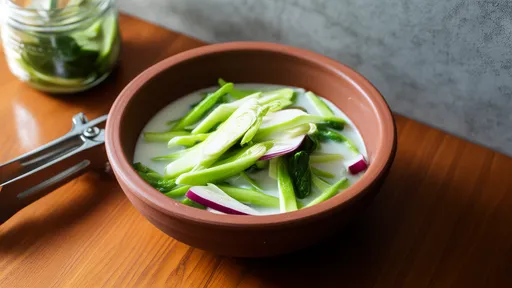
By /Jul 24, 2025
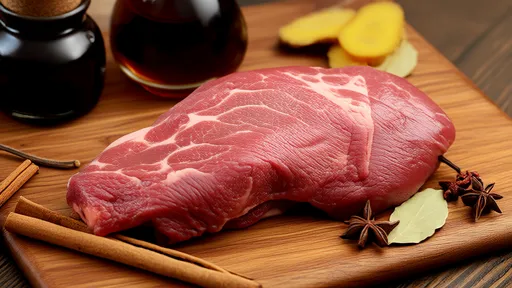
By /Jul 24, 2025

By /Jul 24, 2025

By /Jul 24, 2025
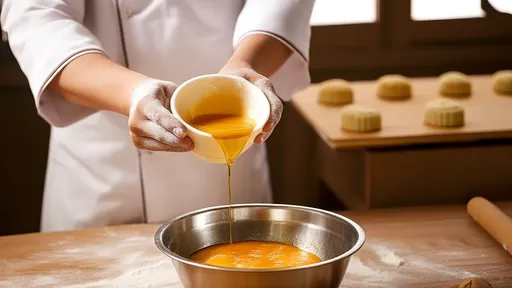
By /Jul 24, 2025
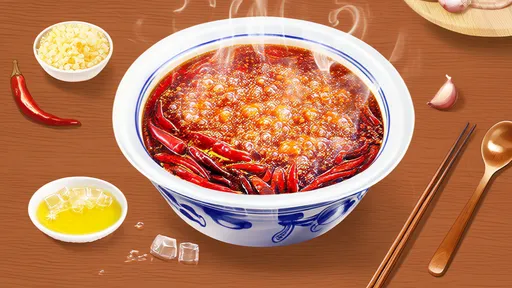
By /Jul 24, 2025
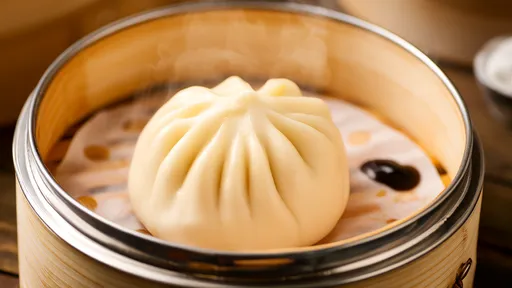
By /Jul 24, 2025

By /Jul 24, 2025
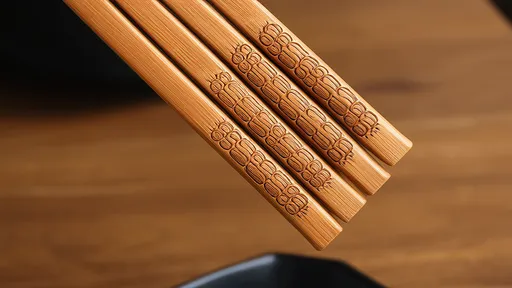
By /Jul 24, 2025
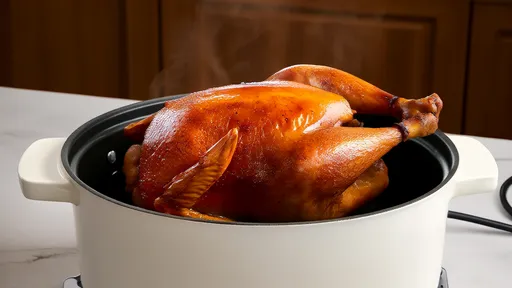
By /Jul 24, 2025
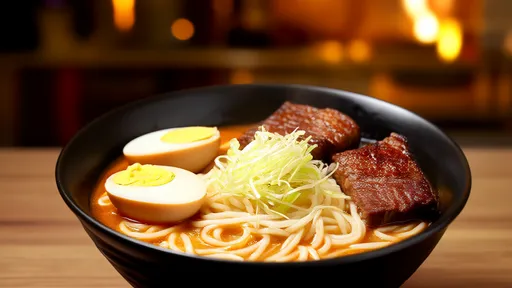
By /Jul 24, 2025
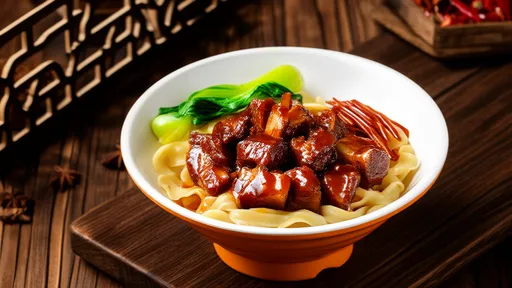
By /Jul 24, 2025
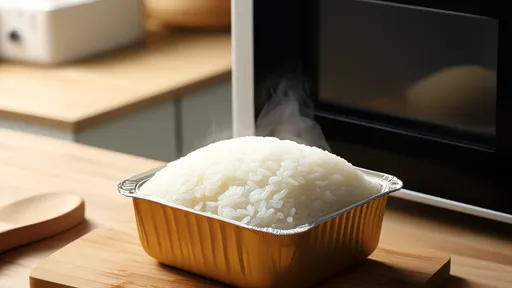
By /Jul 24, 2025
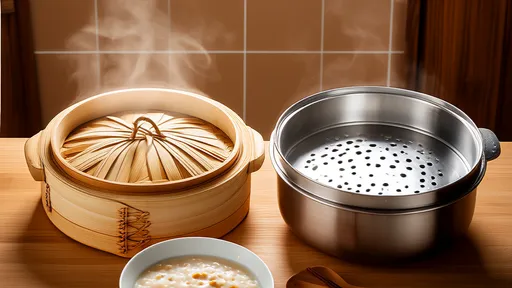
By /Jul 24, 2025
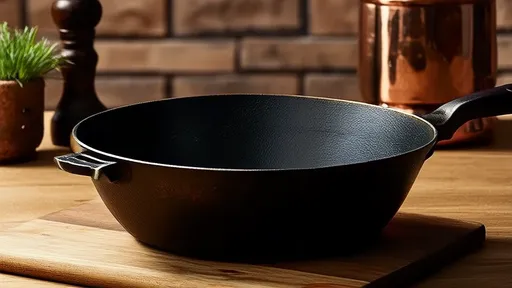
By /Jul 24, 2025